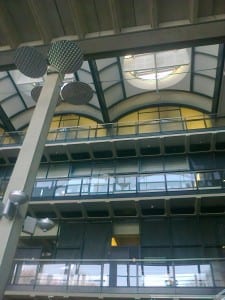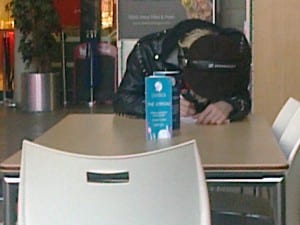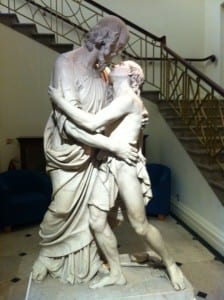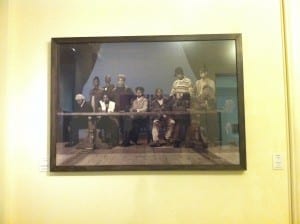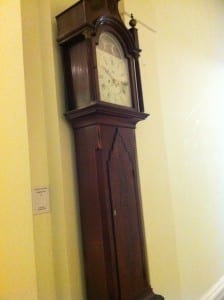“the study of the precise laws and specific effects of the geographical environment, consciously organized or not, on the emotions and behavior of individuals” (Debord, G, 1955)
As part of our research into Site Specific performance, we looked into the concept of psychogeographic mapping. Due to Lincoln’s architecture, you are instinctively drawn towards what centres the city, which is the award winning Steep Hill, and the city’s iconic Cathedral. Despite this, as we tried to gain a deeper knowledge of both the physical and spiritual aspects of the city, we found ourselves gradually deriving away from the centre.
When we explored Lincoln in greater depth we documented the various buildings and sites in order to answer the set questions we were given.
Where would be the best place in Lincoln to see old people holding hands?
Being the first time we had attempted this, we were still conscious of our preconceptions. This then drew us towards where we naturally expected to see elderly citizens, which was Marks and Spencer. Despite our initial thoughts, as we delved further into the practice of deriving we found the following road sign.
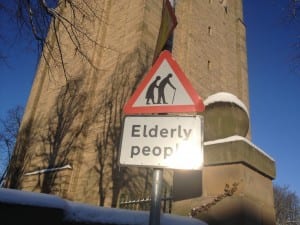
This then became a stimulus for us to consider that when crossing roads, especially in icy conditions, elderly people hold hands for safety.
Where is the best place in Lincoln to go sledging in the snow?
Whilst we were dériving, we were constantly walking up hills, any of which would have been ideal for sledging. However, when we found ourselves behind the castle, we noticed that between the steepness of the slope and the backdrop of the castle that this would be the most appealing site we came across and would create the best experience.
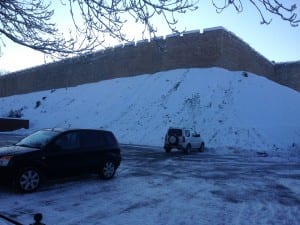
Where would be the best place in Lincoln to pour your heart out?
Initially we found this pub, which we thought would be the ideal place to pour your heart out, although later in the day we came across this graveyard. This made us take into consideration the raw emotion and effect that graveyards can have upon people, which allows them to open up their souls and freely pour their heart out.
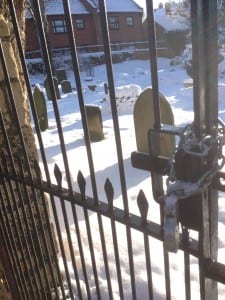
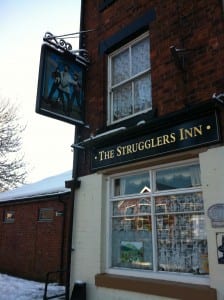
Where would be the worst place in Lincoln to sleep rough?
In contrast to the beauty and awe of the castles architecture, we stumbled across some public toilets. It then occurred to us that if were to sleep rough, this would be one of the worst places.
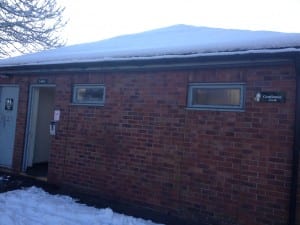
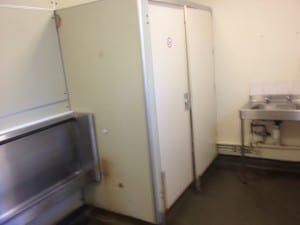
Where’s the best place in Lincoln to shout without being heard?
With this question we were lead towards the nightclub Home because nightclubs are extremely loud places, and often when you shout you can not be heard. We then discovered a secluded car park/storage area situated behind the nightclub. Here we found that between the noises of the generators and the cars on the road, when we shouted it went unnoticed.
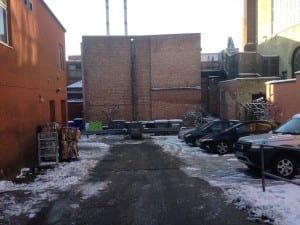
Where’s the best place in Lincoln to fall in love?
The easiest way to fall in love is through talking to someone, and with the advances in technology you can reach and talk to people wherever you are. Due to the increased use of mobile phones the magic of communication has been stripped away from society. In contemporary society phone boxes are a rarity, seen as art opposed to being a necessity. With this in mind, talking to someone from a phone box adds to the beauty of conversation. The combination of who you are talking to and where you are calling them from creates an ideal environment for falling in love.
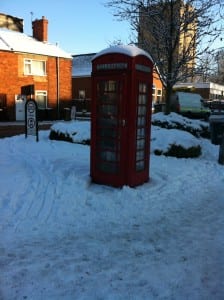
Where’s the best place in Lincoln to witness true beauty?
True beauty can come in many forms, it can be aesthetic or as we found, spiritual. During our derieving we found a Y.M.C.A. training centre.
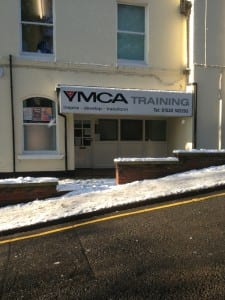
“Inspire. Develop. Transform.”
Having read their slogan we felt that what could be more beautiful that someone who commits themselves to bettering society, helping those of a greater need.
Where’s the worst place in Lincoln to be alone?
As we ventured up the hill we noticed the police station. This shouted out to us as a place full of anguish and despair. Not only are you put in a cold, dank cell, you are also alone and quite possibly scared.
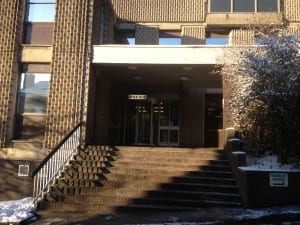
Where’s the best place in Lincoln to see a ghost?
Edward Parker Charlesworth was a pioneer in mental health. As a monument to a man who helped many tortured souls we believed that if ghosts were to seek comfort then they would be drawn towards here. With the statue being in a gated desolate site, there was further potential for an eerie atmosphere.
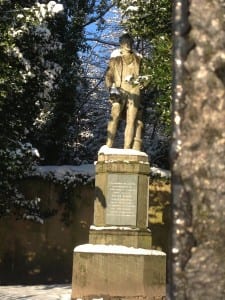
“The spectacle is not a collection of images, but a social relation among people, mediated by images.”
(Debord, G, 1984)
Work Cited:
– Debord, G (1955) “Introduction to a Critique of Urban Geography” Les Lèvres Nues (6)
– Debord, G (1984) Society of the Spectacle, unpaginated, Black & Red: U.S.
Authors: Chloe Doherty and Shane Humberstone
